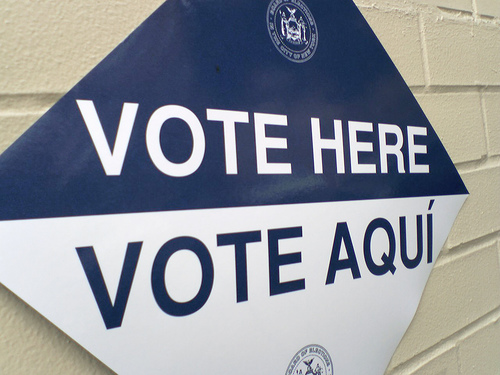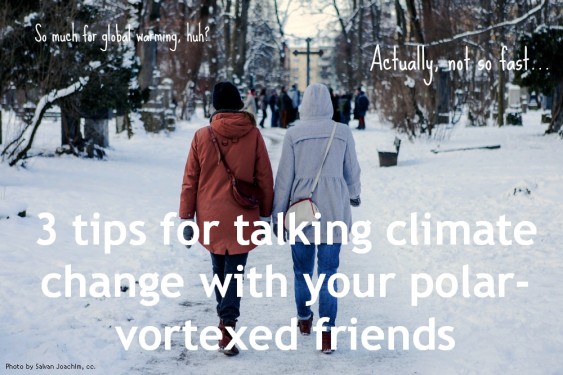Editor’s Note 8/3/2015: Welcome to another summer of record-breaking heat in the Northwest. From rain forests to wheat farms, thousands of acres have been burned. The Lake Chelan wildfire in Washington quadrupled in size; there have been 1,390 wildfires in BC this season; and more than 800 people are working to contain the Southern Oregon wildfires. Here’s a popular Flashcard from last summer with a few quick and easy ways to talk about how climate change is fueling these monster wildfires.
This week, the LA Times reported on the wildfire raging in Washington State, describing “tornadoes of fire” engulfing a small town. It’s a scary picture and a bleak reminder that global warming is amplifying certain kinds of destruction here, now, right in our backyard:
The Carlton Complex fire will probably go down as the biggest conflagration in Washington state history, torching about 240,000 acres and counting. Pateros, one of Washington’s littlest towns, was no match for its fury. An estimated 20% of the buildings in the city, population 600 or so, have been destroyed. There is no electricity, no drinking water.
Speaking about the fire, President Obama said, “A lot of it has to do with drought, a lot of it has to do with changing precipitation patterns and a lot of that has to do with climate change.”
Climate change is making for wildfires in the American West that are more severe and more difficult to fight. Some are calling the new climate-fueled wildfires “monster” or “mega” fires. It’s important to put wildfires into context the way Obama has. So, we’re reissuing our talking points on global warming and wildfires.










 Photo Credit:
Photo Credit: 